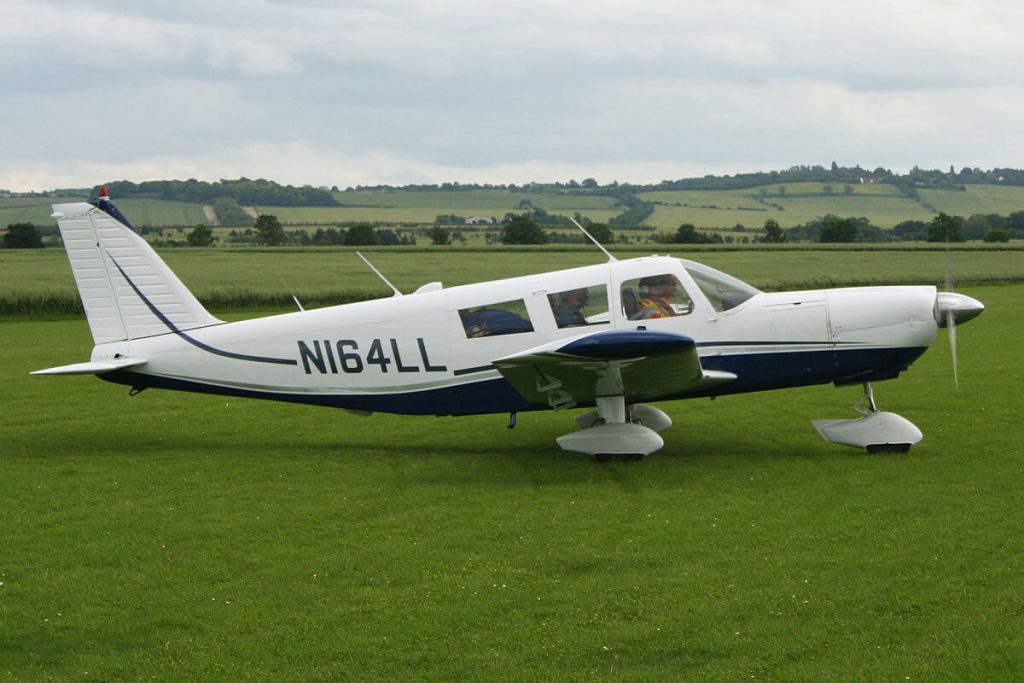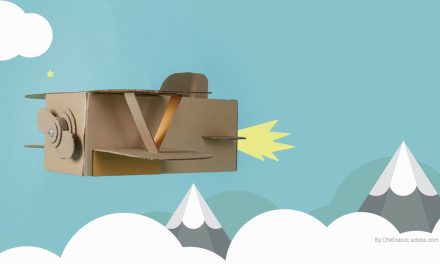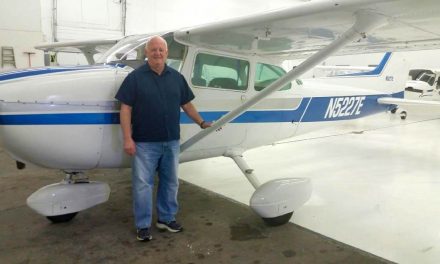
Photo by Alan Wilson
Usually, at this time of year I’m talking about traveling in your aircraft to shows and events and enjoying the great world of aviation.
But with the current situation, shows are few and far between. And travel, well, that depends on where you go. If you fly to the wrong state (or city) you may be staying in a local hotel for two weeks before enjoying the sights.
One of my customers landed to deliver parts to an airport in a state that had mandatory quarantining. The airport manager told him to stay in the airplane because if he got out, officially he would have to stay for two weeks. Yeah, I know — who is going to know, right? I doubt anyone would be the wiser, but why take the chance — just stay out of the area to begin with.
Of course, there are lots of places you can go that do not require quarantining. But once you are there and you find the closed hotels, restaurants, and stores, what is a pilot to do?
Well, that got me to thinking about the world of “overlanding.”
Haven’t heard of overlanding? Well one definition says, “Overlanding is vehicle-based, on-road and offroad, adventure travel with a focus on self-reliance, resilience, and enjoyment of the journey… You can start small or go big — often it starts with a weekend here or there and then becomes more serious over time as the love for overlanding grows.” Another quick definition is, “Overlanding is self-reliant overland travel to remote destinations where the journey is the principal goal.”
So, I know you are thinking how does “overlanding” fit in with aviation? Well, when you fly you are already going “over land” and “off-road” — and you can go to destinations for short or long periods of time and be self-reliant. Aerial overlanding!
If you think about it, even with all the quarantining, masking, and lockdowns happening around the country, one thing that has pretty much remained unchanged is personal flying.
As an aircraft owner, you can still take your aircraft and social distance travel to almost anywhere in the country. Yes, there are some limits, but if you plan (and pack) wisely, pilots can still enjoy traveling and getting away.
Look around on the internet and you can find there are still small events happening in communities — many that have an airport. Some of the hotels and motels are closed, but many more have just added restrictions or limitations. If you are comfortable with the situation, you just might have a place to stay.
Camping at an airport?
If you really want to “aerial overland,” there will often be an opportunity to stay or camp on some of the smaller airports.
How many of you have flown to an aviation event like AirVenture or SUN ’n FUN? If you have, you probably have already had the experience of camping at an airport. I realize these bigger events are organized and have advantages such as shower and bathroom facilities, but that doesn’t mean you can’t find the same on a smaller scale.
Camping at small airports can be a completely primitive experience, but more than likely it won’t be. It is not unusual for an airport to have bathrooms and kitchenettes for pilots who are hanging out in the facilities.
Getting started
So, how do you figure out what airports are good options for overlanding? First, check out (and maybe join) the Recreational Aviation Foundation (RAF).
According to its website, the RAF was founded by a group of pilots from Montana who realized the closure of recreational airports was a national concern. “[The pilots] also recognized that there was the need for a unified effort by pilots everywhere to protect public recreational opportunities. The RAF is dedicated to preserving existing airstrips and actually creating new public-use recreational airstrips throughout the United States,” the website states.
The reason I mention the RAF is that they are out there promoting and preserving small airports and landing strips that can be used for just this type of aviation.
Once you’ve checked them out, start thinking about your type of trips. Are you a one-day type of pilot or multiple days? What type of trips are appropriate for your aircraft? If you are a Piper Cub owner, your trips will probably be short in distance and time. How much can you pack in your aircraft? If you need a tent, cooking supplies, etc., a smaller plane is at a disadvantage for long duration trips, especially if you are really in the backcountry. That doesn’t stop the trip, it just changes the location.
Don’t forget insurance!
Most aviation insurance policies do not prevent you from flying into grass and remote airstrips. Most do not even prevent you from landing in a field. It comes down to “pilot common sense,” if there is such a thing.
Think about the risk you will be undertaking before you take it. For example, if you are in a remote area, aircraft repair and medical facilities are a long way away. Make sure your planning includes taking into consideration what you are capable of doing on your own.
Insurance usually covers search-and-rescue and wreck removal, but only within the limits mentioned in the policy (check your policy or ask your broker). If the aircraft is too remote and recovery will be over the policy limits, you may have to pay out of pocket to get you and the plane home.
If you have an off-airport landing and all you carry is liability, there won’t be any coverage for the wrecked aircraft. Removal of the wreckage can cost a lot of money. I was talking to an Alaska pilot who lands at places that do not have easy, if any, access by ground. The only way to get the damaged aircraft out is by helicopter or another aircraft.
Another issue is your aircraft’s capabilities and your pilot abilities. If you and your aircraft are not designed for short- or soft-field locations, don’t go. If you do and have an accident, it doesn’t mean the insurance company won’t pay the claim, but they will probably cancel your policy afterward.
What type of aircraft?
Any type of airplane can work for aerial overlanding. Each aircraft has its own limitations and if you fly within those limitations, everything should be good, although in this case I’m thinking about aerial overlanding as “going to non-standard airports and runways.” While there are many small, paved airstrips just waiting to be visited, there are a lot more that are unpaved and waiting to be discovered.
Many people will tell you that you need a tailwheel aircraft for grass strips. That’s not true. But if you do have a fixed tricycle gear aircraft, you might need to remove your wheelpants to prevent damaging them. Also, some aircraft have less substantial gear and probably should stay on paved airports. But, again, there are still a lot of small airports in small communities with paved airports, so don’t let that stop you.
Thinking out loud, I think my choice would be a Cessna 172 or 182, or maybe a Piper PA-28-180 or 235. These models are readily available, easy to maintain, have reasonable insurance rates, and are very durable. If I were shopping for a plane to use for aerial overlanding, I’d look for one that was mechanically sound and cosmetically weak with no wheelpants and maybe even heavy-duty wheels and tires. And if it has a STOL kit, it would go to the head of the list.
Aerial overlanding can be hard on the paint and interior, which is why cosmetically weak is a good choice. Why pay for new paint or a fresh interior just to beat it up?
If you are carrying bicycles, tents, stoves, tools, etc., you might even take out a couple of seats. Removing the back seats of a Cessna 172 can even give you enough space to sleep.





